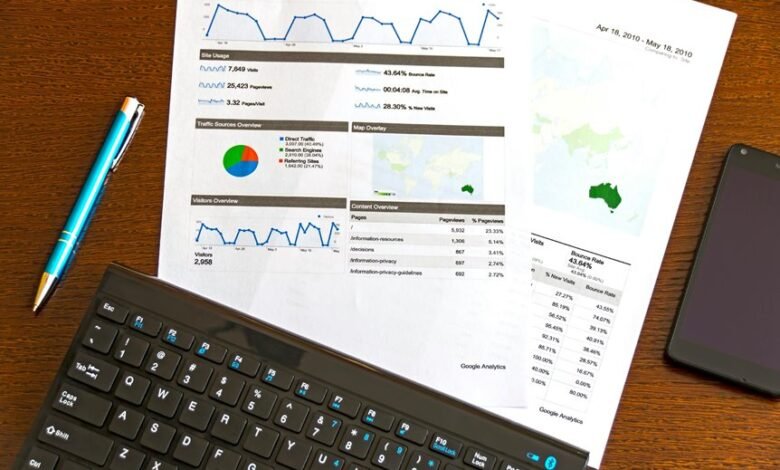Who Called You Report 3519582199 3533184512 3278247454 3279537646 3501753080 3511420379

Numerous reports have surfaced regarding calls from various phone numbers, including 3519582199 and 3533184512. These calls may originate from telemarketing sources or potential scams. Understanding the nature of these calls is crucial for consumer protection. Identifying the callers and reporting any suspicious activity can aid in mitigating the risks associated with unsolicited communications. The next steps involve exploring methods to discern the legitimacy of these numbers and strategies to safeguard personal information.
Overview of Phone Numbers
Phone numbers serve as essential identifiers in the telecommunications landscape. Various phone number formats exist, each adhering to specific regional and international standards.
Call frequency analysis reveals patterns in communication behavior, offering insights into usage trends. Understanding these formats and analytic metrics empowers users to navigate their telecommunication interactions more effectively, fostering a sense of freedom in managing personal and professional connections.
Common Callers Associated With These Numbers
When analyzing the landscape of telecommunications, it becomes evident that certain phone numbers are frequently associated with specific types of callers. Notably, many of the numbers in question are linked to telemarketing tactics, often utilizing aggressive outreach methods.
Caller identification tools can assist individuals in recognizing these patterns, empowering them to discern legitimate calls from potential nuisances and enhancing their communication autonomy.
How to Identify and Report Unwanted Calls
Identifying and reporting unwanted calls requires a systematic approach to distinguish legitimate communications from telemarketing and scam attempts.
Utilizing call blocking apps can enhance call management, allowing users to filter out unwanted numbers.
Following established reporting procedures, such as documenting call details and notifying regulatory authorities, is essential for tracking and combating these nuisances effectively, thus empowering individuals to maintain their communication freedom.
Tips for Protecting Yourself From Scammers
Although scams can take many forms, individuals can employ several strategies to safeguard themselves effectively.
Prioritizing scam awareness is essential; staying informed about prevalent tactics can enhance vigilance.
Implementing call blocking features on phones serves as a practical barrier against unsolicited calls.
Additionally, verifying caller identities and avoiding sharing personal information can significantly reduce the risk of falling victim to scams.
Conclusion
In navigating the digital landscape, the persistent echo of unwanted calls serves as a reminder of the lurking shadows of telemarketing and scams. By remaining vigilant and employing caller identification tools, individuals can illuminate the path toward safer communication. Reporting suspicious activities not only aids personal protection but also contributes to a collective defense against malicious tactics. Ultimately, awareness and proactive measures are the armor that shields one from the relentless tide of unwanted intrusion.





